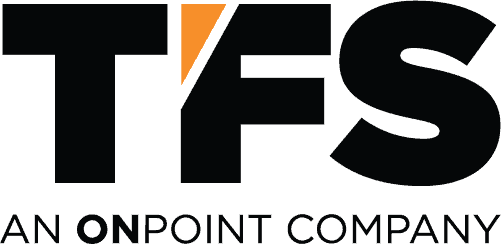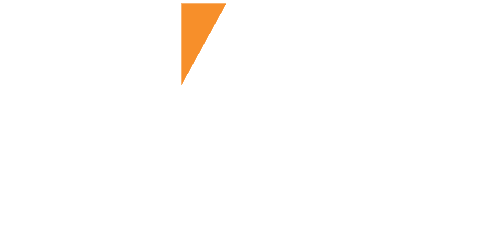 Is your business booming? Congratulations! That is, unless you manage material handling and you’ve tried to order new assets to handle the onslaught of orders, and have gotten the news about long lead times.
Is your business booming? Congratulations! That is, unless you manage material handling and you’ve tried to order new assets to handle the onslaught of orders, and have gotten the news about long lead times.
If it’s any consolation, you’re not alone. Operations across every sector are facing unheard-of lead times for material handling equipment. That’s due to a number of reasons, but the short version is that the global pandemic has disrupted supply chains and extended manufacturing and delivery times for critical warehouse equipment.
“If you didn’t already order a forklift, you may be looking at six months to a year before you receive it. And for large automation projects, many have a backlog of three years at this point given growing demand,” says Ryan Lynch, Vice President of Marketing.
The good news is that an extended wait for assets doesn’t have to bring your operations to a crawl. Here are several ways to address lead time challenges:
Reassess your needs: Get ahead of year-long lead times by taking stock of your warehouse equipment and assess when they might require servicing or replacement. Do you know when leases are up on your current assets? You should know the age of all your assets and when they’re maintenance costs will start skyrocketing (usually after 12k hours/5 years). At the same time, use this inventory assessment to determine your future operational needs. How many new assets will you need for existing facilities or greenfield facilities? The worst time to go shopping for new equipment is when you needed it yesterday, so bring flexibility to your operation by building a 2-3 year roadmap that you constantly tweak and update.
Consider alternative equipment: Perhaps you can find similar equipment from another source? Or maybe this is an opportunity to try another offering in the marketplace? We always recommend that customers have two main vendors for similar asset classes, so this offers an opportunity to build that resilience into your material handling approach.
Optimize your workflows: While you’re waiting for equipment, use that time wisely; work with a specialist to rethink your workflows to make your current operations more efficient.
“You can use the lack of options as an opportunity to apply a redesign to your facility,” said Lynch. “That may mean getting someone like us to map your workflows and find ways to reduce waste, decrease the number of assets you need, or reduce the number of touches you have for each product.”
Reconfigure your facility: On the topic of rethinking operations, consider how unique racking options might optimize space in your warehouse. You may also be able to reconfigure your facility so you have more space—and extra space can mean more working room and efficiency opportunities.
Rethink how you finance your equipment: There are several strategies for absorbing the costs of aging assets. Consider transferring your maintenance agreements to guaranteed agreements to drive a fixed cost structure. Also, work with a proven, flexible fleet manager or financing lender who can help you evaluate the value of your owned and leased assets–perhaps there are creative ways to refinance existing leases, finance owned equipment, etc to help reduce costs and protect your budget against market volatility. This is a greatly under-used tactic in times of volatility.
Make maintenance a priority: If you’re already waiting on critical equipment, then you can’t afford to let anything break down. Whether you are maintaining the equipment internally or using a third party, require them to walk you through their planned maintenance program, as well as their forecast on upcoming monthly cost trends for your aging assets. If you don’t get clear, crisp answers and clarity on what is being spent today and how that will change, consider finding another partner that is focused on proactive maintenance and cost reduction.
Maximize your forklift power: One way to extend and improve the productivity of your existing material handling equipment is to take a deeper look at the power system. If you are running electric forklifts, power has traditionally been an afterthought–yet, it is the power train that drives your productivity! There are plenty of power management strategies that can save time, costs, and energy, and it begins with a third-party assessment of your operational activities as well as power requirements today and in the future.
Rotate asset usage: Assuming you aren’t doing so already, start rotating your trucks based on their usage so they’re being used evenly.
“What will often happen is you’ll have certain trucks that get used for 3,000 hours sitting next to one that’s getting used 1,000, and you don’t want to have that happen,” notes Lynch. “You want to rotate assets based on usage, and then take a fleet and production view to see how you can better utilize assets across the entire operation.”
Take a fleet and production view: How does your equipment affect/impact your cost per pallet or each? How many touches do you make to each unit/each? How much equipment does one facility require for the same throughput as another facility? Is your cost, usage and telematics data all in one place so you can take decisions and benchmark across your facilities?
“Many times, people will be able to think about that at a production level, but they won’t be able to tie it back to equipment and operators and the business process of actually moving and touching it. You need to be able to do both, and that’s where a team like ours can come with a process view and the digital technology to tie equipment cost, usage and telematics data together to gain a fleet view globally,” says Lynch.
Don’t wait to order: If you’re short on lifts or other assets, the best time to submit your order was yesterday, and the second-best time is now. It may be a wait, but at least you’ll be securing your place in line. In the meantime, take action!
Sounds complicated, it doesn’t have to be
Business may be booming, but if you’re falling short on equipment, or have the wrong process flows, your operations will have difficulty keeping pace. Doing more without the right equipment will only burn out your assets and increase your cost structure. What’s more, unless you have a dedicated team to focus on managing the selection, maintenance and lifecycle of those assets, your equipment approach may fail right when your people need it most.
Material handling equipment is a complicated, critical part of your supply chain, but it isn’t strategic to growing your business. Consider leveraging a partner that will help you build a global view of your assets, spend and productivity. While material handling equipment has historically been managed in-house by manufacturers and distributors, we’d argue that your team has higher priorities and finding a partner that can drive productivity improvement, cost reduction and safety protocols is something to seriously consider in this rapidly changing landscape.

